3. Water supply and delivery capacity
The
water supply system installed must be able to deliver sufficient water
at the design pressure throughout the sprinkling system and satisfy all
other farmstead water requirements (i.e., drinking water, parlor needs,
flush water, etc.) which occur simultaneously. Consider using a
reservoir system when the water supply flow rate is limited. A reservoir
system accumulates water during off periods.
4. Water Pressure
Normal operating pressures for low-pressure systems are between 1 and
1.4 Bar. Avoid excessive system pressures to eliminate the production of
very fine droplets that do not soak the hair coat, and may drift away
more easily in air currents. Consider installing a pressure regulator to
keep the water pressure within operating limits for the nozzles as
well.
5. Water in line filter
An
in line filter, usually a Y-filter with a flush valve and a 200 to 500
mesh screen, can be included in the system to protect nozzles from
plugging with rust particles and sand. It is important to check and
clean filters periodically.
6. Flushing and shutdown
Consider
providing a valve or removable plug at the end of each lateral to flush
sand and rust from the lines. Make sure that the system and all lines
can be drained prior to freezing weather condition.
7. Distribution Pipe Selection
Various
types of plastic pipes PVC or polyethylene can be used for supply and
distribution lines. In addition to cost and ease of installation,
consider susceptibility to sunlight degradation, durability, and need
for mounting support.
8. Pipe Sizing
Pipe
size requirements will depend on feed line length, number and length of
distribution branches, number of nozzles per branch, nozzle flow rates,
and number of branches on at one time. Water velocities should be
limited to 1.5m per second or less to avoid water-hammer problems. This
can be used to size distribution lines and supply line as well. The
supply line needs to be sized adequately to limit the pressure drop in
the line to 20% of the operating pressure. A factor, reduction
coefficient should be considered for reduced friction loss in pipes with
multiple outlets (i.e., nozzles in this case) due to reduce flow in the
pipe.
9. Fan selection and installation
Low
pressure sprinklers and fan cooling systems include mixing fans to
create a drift past or across the cows. Direct-drive axial-flow fans are
preferred, this is because they retain their performance over time
better than belt-driven fans. Most mixing fans are around 1m in diameter
and normally installed about 3m to 3.6m above the cow feeding alley, or
high enough to clear equipment operating below the fans.
Fans
over freestalls are usually mounted 2.4m above the cow alley or higher
if necessary to keep cows from reaching the fans. The fans are angled
downward at between 15 to 20 degrees. The goal is to create air
velocities around 5m/sec across the cow's backs. The recommended
distance between fans is 9m for 90cm diameter fans and 12m for 120cm
diameter fans. All fans should be blowing air in the same direction.
Most cooling fans seen in naturally ventilated barns are mounted to blow
air toward the East or North.
Management strategies that could be adopted against cold weather
Animals
must be provided proper bedding and warmth to protect them from extreme
cold, this can be achieved by various heating techniques. Heating
system include radiant, floor, air-make up and unit space heaters.
1. Radiant heating
Radiant
heaters work well for zone heating of young animals. Animals find
comfort by moving closer to or farther from the heater. Energy from a
radiant heater passes through air without warming it. When the energy
strikes an animal or any other surface, it is absorbed and object warms.
The warmed object then warms the air around it. Different types of radiant heaters are infrared heaters, heat lamps, gas catalytic radiant heaters etc.
2. Floor heating
Floor
heating is primarily suggested for localized heating. Possible uses of
floor heating are in farm shops, small animal housing and other heated
work areas. Common floor heaters are electric resistance cables or hot
wire pipes which are buried in concrete. Floor heaters evaporate liquid
from the floor, which uses heat and increases the building relative
humidity. While designing a floor heat system care should be taken not
to setup too much heated area, because it might be not efficient and
lead to loss of heat. In addition to that, the heating area should not
be too less. This may encourage the animals to pile. For better heating
effect use waterproof insulating media under the floor, but not in
direct contact with the heating elements.
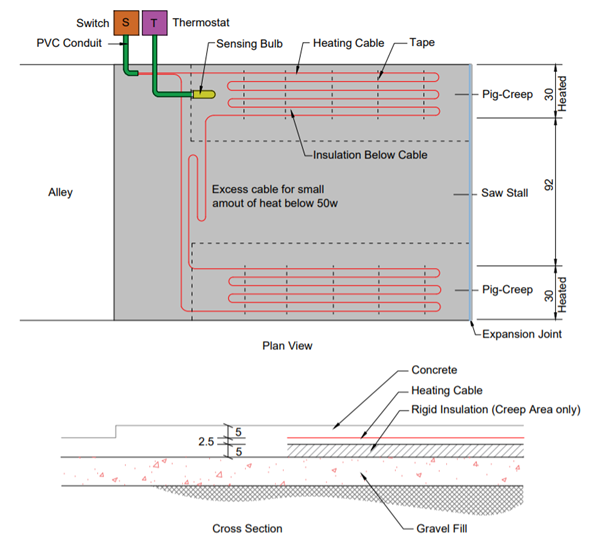
Fig.5 - Floor Heating
3. Space heating
Electric space heaters can be used for heating and warm the surrounding
air. Space heaters are heating devices which are designed to focus heat
in small zones. They work by blowing hot air through a
fan. This naturally rises and forces colder air to the floor. This
process helps to circulate the heat and warm the required space
effectively. Space heating is a fast and efficient method of heating as
it heats up the room air and maintain the room temperature.
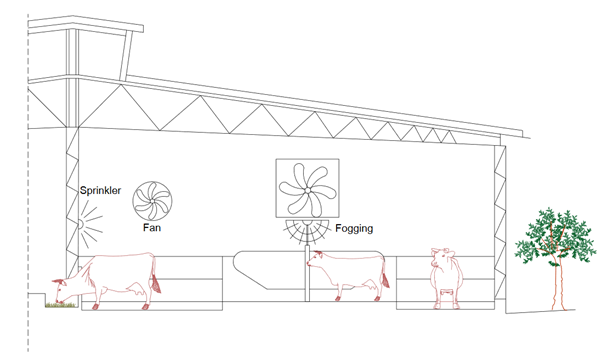
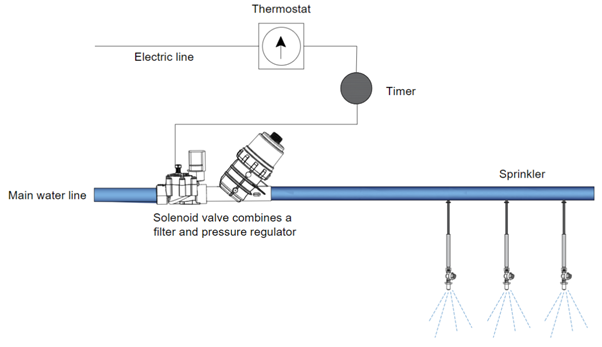

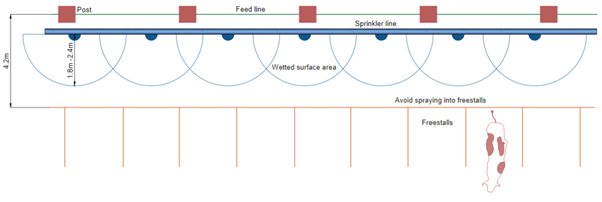



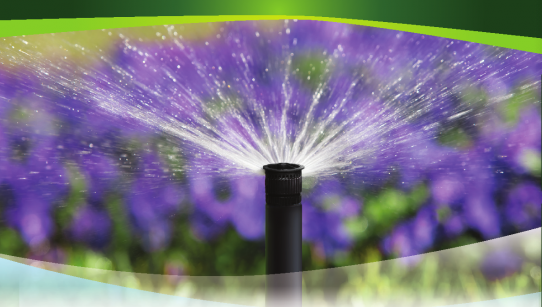


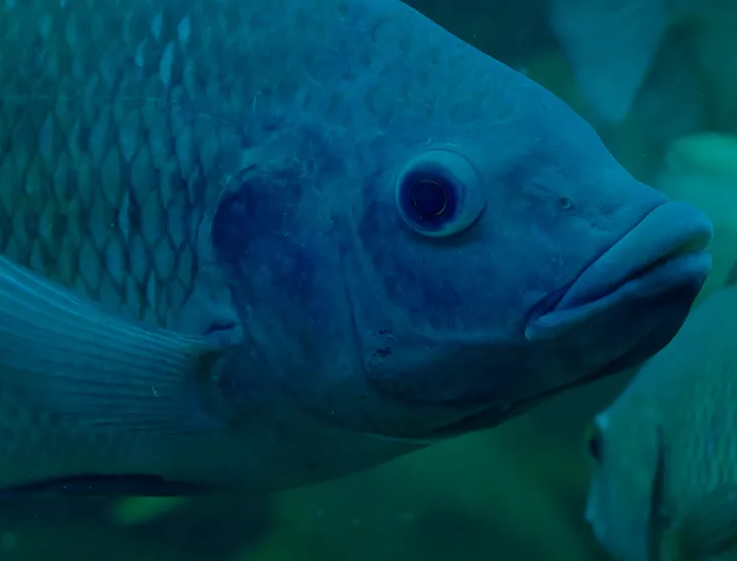






No comments yet